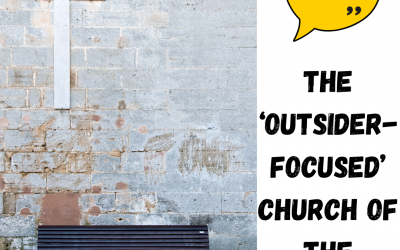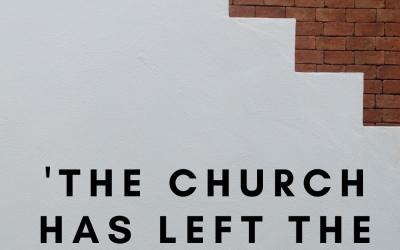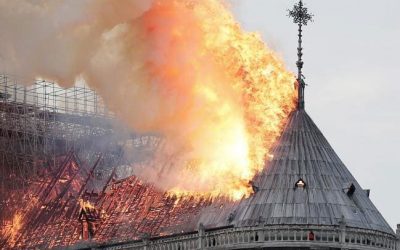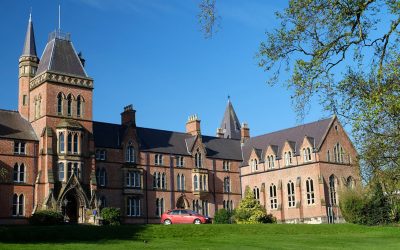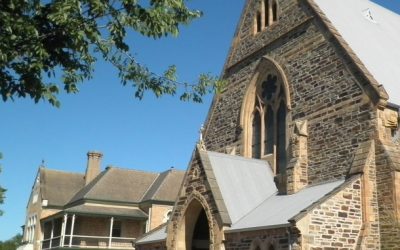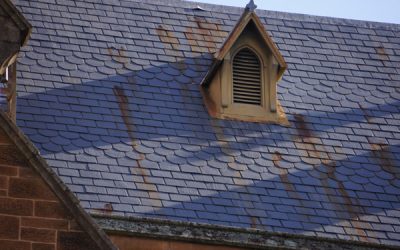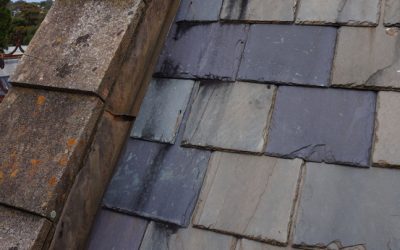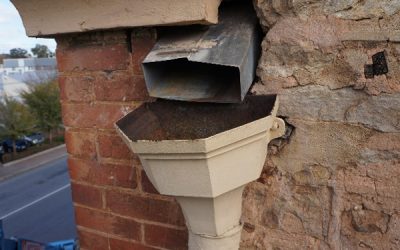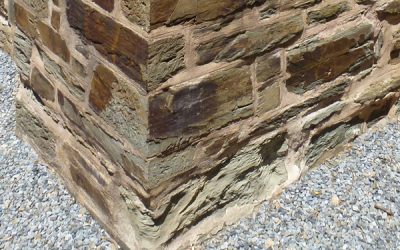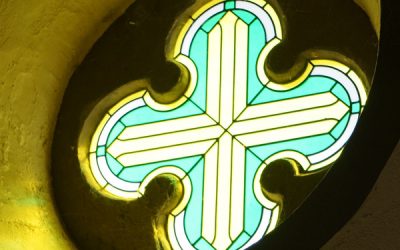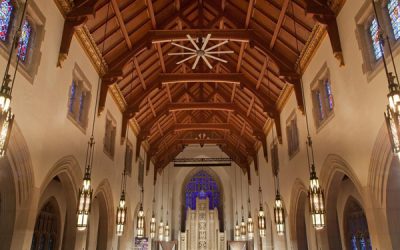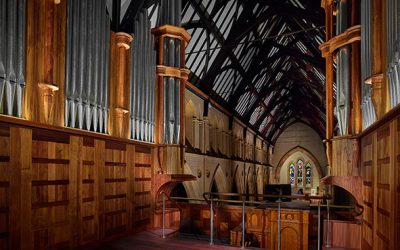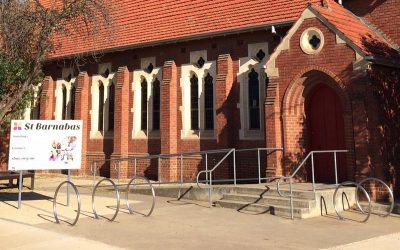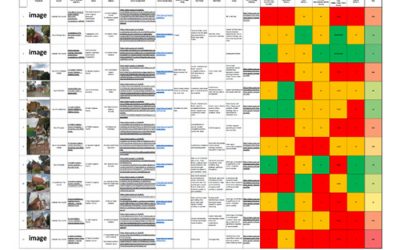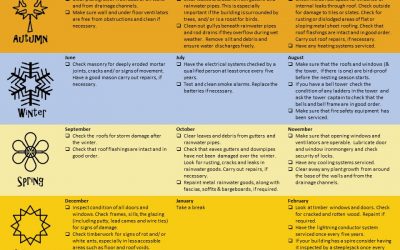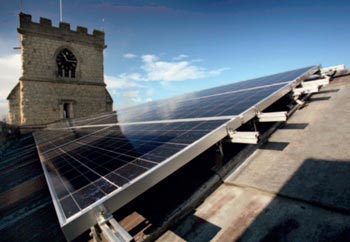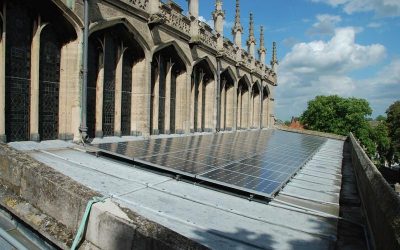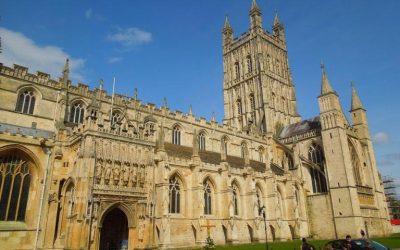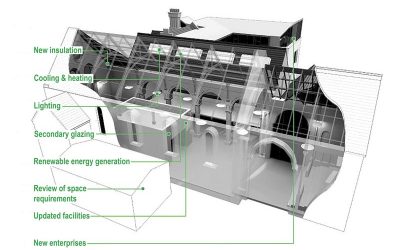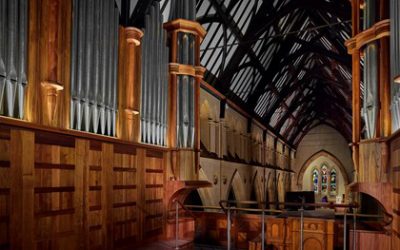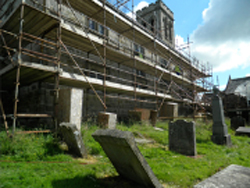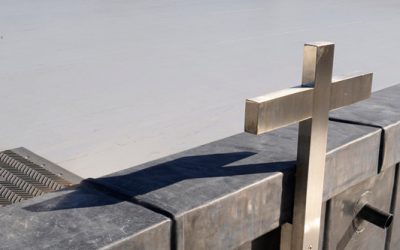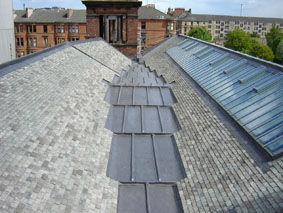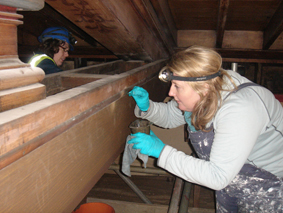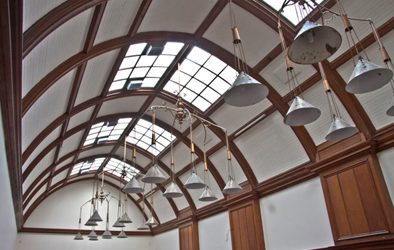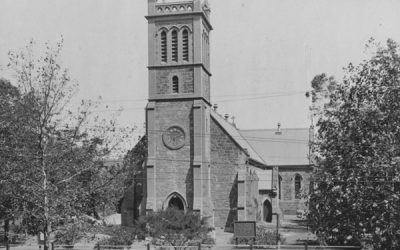BLOG

Sign up to our blog
Error: Contact form not found.
The ‘Outsider-Focused’ Church of the Future
Many traditional Christian churches in Australia were in crisis before this year. For many of those churches the current pandemic will be the straw that breaks the camel’s back. The churches that do survive will most likely be those that adapt to change and that are...
The Church has left the building.
In an article entitled The Post-pandemic Church will need to Wipe Out, Spread Out and Reach Out!, US-based architect Ravi Waldon quotes someone who recently said “The Church has left the building”. That is literally the case just now! But what needs to be done to...
Ian’s ABC Interview – Regenerating Places of Faith 2019
Ian’s ABC Interview – Fire of Notre Dame
My Church Journey
I was born in Belfast, Northern Ireland in 1962. As a youngster my parents took me to Sunday services at the local Presbyterian Church. I went to Boys Brigade, youth club and a badminton club, all at local churches. I attended a methodist grammar school where pupils...
A Stitch in Time – Guidance Notes in Maintaining Your Place of Worship – Introduction
In line with our practice’s core purpose of helping church congregations to sustain and develop their places of worship, Arcuate Architecture…
A Stitch in Time – Guidance Note 1 – The Roof Covering
It is not proposed here to cover all the materials used on traditional church roofs in South Australia but rather to review only those in most common usage.
A Stitch in Time – Guidance Note 2 – Flashings
Flashings are used to seal junctions between different components in buildings.
A Stitch in Time – Guidance Note 3 – Rainwater Disposal
The roof finishes and flashings should efficiently shed water. The rainwater goods – gutters, downpipes and rainwater heads…
A Stitch in Time – Guidance Note 4 – External Masonry
The intention in this guidance note is to give a quick overview of the main issues to consider when reviewing the condition of external masonry…
A Stitch in Time – Guidance Note 5 – Stained Glass Windows
This guideline explores issues relating to historic stained-glass windows in Churches.
A Stitch in Time – Guidance Note 6 – Cooling, Heating & Ventilation
Achieving reasonable comfort levels within churches can be challenging. Up until around the time that South Australia…
A Stitch in Time – Guidance Note 7 – Lighting Church Buildings
Churches are places that inspire feelings of spirituality, peace, comfort, warmth, reassurance and welcome.
A Stitch in Time – Guidance Note 8 – Accessibility & Church Buildings
Guidance Note 8 - Accessibility and Church Buildings Congregations wanting to encourage more people to visit their church buildings for worship, and perhaps for other community activities, need to ensure that their buildings are as welcoming, and as accessible, as...
A Stitch in Time – Guidance Note 9 – Strategic Asset Management of Church Properties
The ‘Stitch in Time’ guidance notes have, up to now, addressed issues as they effect individual church properties.
A Stitch in Time – Guidance Note 10 – Maintenance Calendar for SA Churches
Please find attached a Maintenance Calendar for Churches in South Australia written and produced by Arcuate. We hope that you will find it useful and that you will pass it on to others who might benefit from referring to it.
A Stitch in Time – Guidance Note 11 – Energy Efficient in Church Buildings. Part 1: Goals and Solutions.
Making Church Buildings Energy Efficient. Part 1: Goals and Solutions. Why Energy Efficient Churches? The call to implement energy efficiency measures in churches is central to Caring for Creation. Earth resources stewardship and climate change issues, as well as...
A Stitch in Time – Guidance Note 12 – Renewable Energy in Churches
Guidance Note 12 - Energy Efficiency In Church Buildings. Part 2: Renewable Energy Generation For Churches The challenges for listed places of faith? There are a range of options available to generate renewable energy for places of faith in South Australia. The most...
A Stitch in Time – Guidance Note 13 – Using Solar Panels on Heritage Churches
Guidance Note 13 - Energy Efficiency in Church Buildings Part 3: Using Solar Panels / PVs on Heritage Churches Understandably, many congregations are keen to use their places of worship to generate energy from renewable sources. They are usually driven by an ethical...
Why should Church Buildings be Energy Efficient?
It was only after writing Arcuate’s latest ‘Stitch in Time’ guidance note 11 on the Goals and Solutions of Energy Efficiency in Church Buildings that I realised that I’d jumped the gun! I should have started with the question ‘Why should Church Buildings be Energy...
Sustainability Solutions for Churches in South Australia
Arcuate Architecture has a strong track record in working with church buildings and is committed to helping provide them with long term sustainable futures. In order to assist churches Arcuate has developed the following simple-to-use 8 step strategy entitled...
Case Study – St. Francis Xavier Cathedral, Adelaide
New Pipe Organ with GGA Architects Background The Catholic Cathedral in Adelaide, St. Francis Xavier, is a State-Listed heritage place. In 2014 the Archdiocese engaged contractors, Hansen Yuncken (HY) to carry out all works required to install a refurbished pipe organ...
Case Study – Dunlop Parish Church, Dunlop, UK
Dunlop Parish Church is Cat. B – Heritage Listed. Parts date back to 1641, although the main building was completed in 1835.
Case Study – St. Margaret’s Church, Clydebank
The flat-roofed church, completed in 1972 to designs by Gillespie Kidd and Coia, is Category B-Heritage Listed.
Case Study – Fairfield Shipyard Offices, Glasgow
The Category A-Heritage Listed Fairfield Shipyard Drawing Offices, designed by Honeyman & Keppie, were constructed between 1889 and 1891.
Case Study – St.Vincent St. Church, Glasgow, UK
World renowned St. Vincent Street Church, last of five iconic Victorian churches designed by Alexander ‘Greek’ Thomson, is Category A-Heritage Listed.
Case Study – Pearce Institute, Govan, Scotland
The Category A-Heritage Listed Pearce Institute was completed in 1905 to designs by renowned architect Sir Robert Rowand Anderson.
Lessons learnt from Wooden Poles!
Maintaining buildings and infrastructure is an age-old problem throughout the world.

